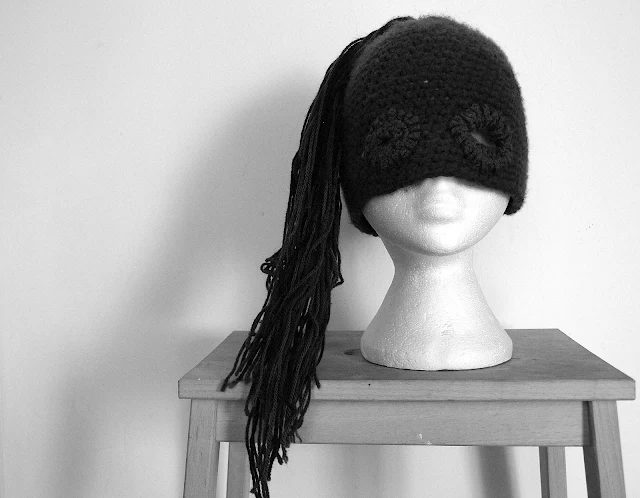Head Hat (2020) By Zoe Van-de-Velde
This image has my two holiday hats they sit forlornly now on my cupboard awaiting to be adorned upon my head in hot sun!
Mask Head (2020) By Zoe Van-de-Velde
This mask I bought from a craft fair - it was probably the only thing not for sale - I persuaded the maker to sell it to me and again it sits on my cupboard totemistic and most enjoyable to have around.
Orphan Doll (2020) By Zoe Van-de-Velde
Found object - found upon a Leicester bin (prior to the Covid I might add!) I took her home and now she stays with me. The pot was given to me by a friend, it holds emergency cash in case of crisis.
Big Putin/Small Stalin (2020) By Zoe Van-de-Velde
Genuinely from Russia - I bought them back with me the little dictators - I punish them by making them sit by books they might hate!
The Hand (2020) By Zoe Van-de-Velde
The hand I an art project never completed _ I bought it and never used it so now it stays holding out its little fingers perhaps praising God, perhaps just waiting to be useful in life!
Woman (2020) By Zoe Van-de-Velde
Woman a gift from husband when I left I think it is one of the best presents I have ever received. A woman alone is always at her strongest.
So here they are and I am most pleased with them - they are consistent and they have the look I intended. Now I just have make them into a little book!

































